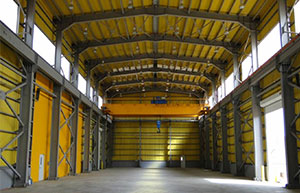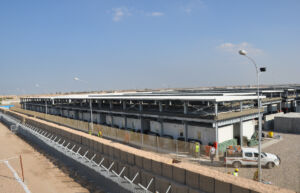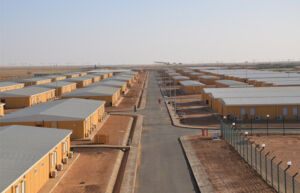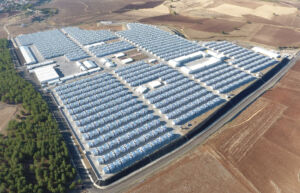Prefabricated School Buildings: Fast, Safe, and Scalable Education Infrastructure
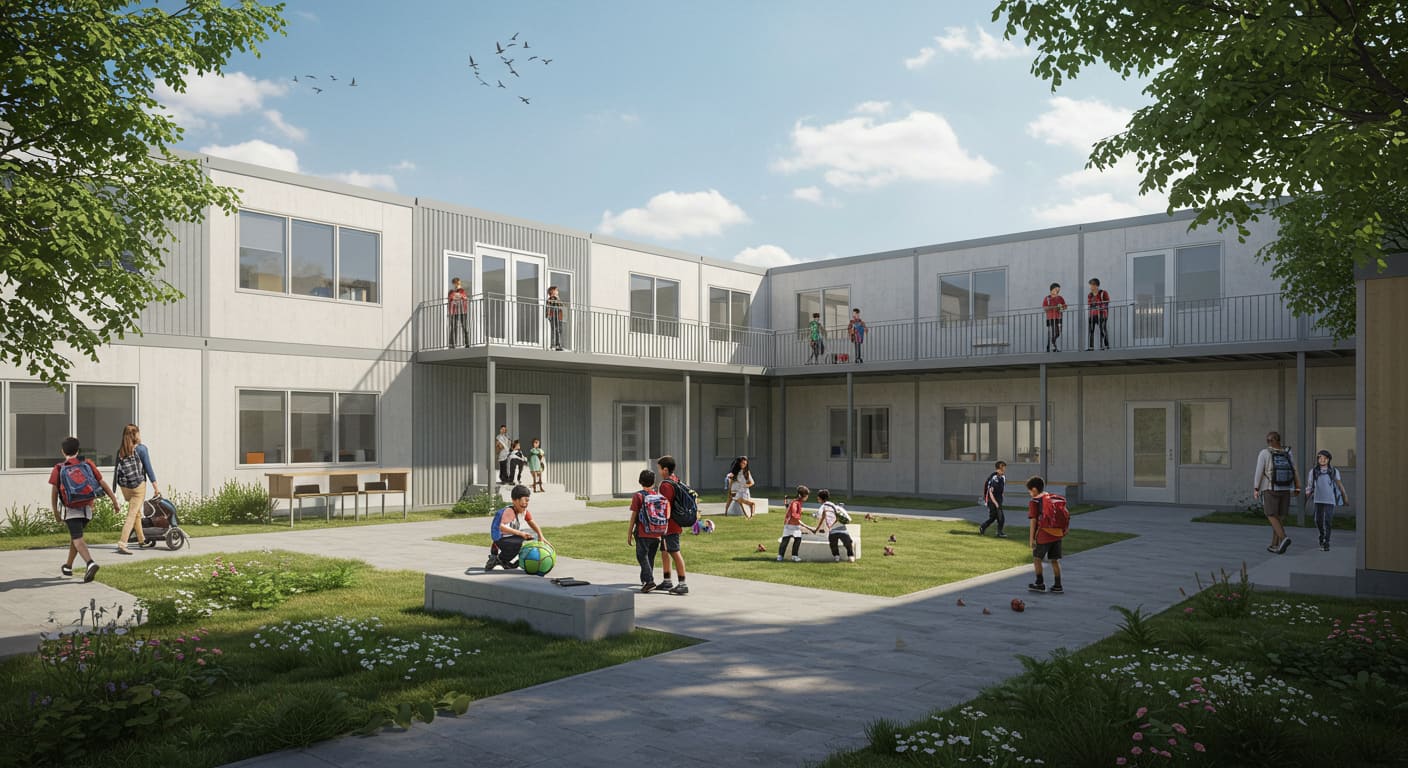
The demand for accessible and high-quality educational spaces is growing worldwide. In many regions, traditional construction methods cannot keep up with the urgent need for classrooms, laboratories, and administrative spaces due to cost, time, and logistical challenges. Prefabricated school buildings offer an efficient, affordable, and safe solution by providing modular educational facilities that can be deployed rapidly and adapted to diverse learning environments. Dorce Prefabricated and Construction is a global leader in delivering prefabricated school buildings that combine durability, flexibility, and international quality standards.
What are Prefabricated School Buildings?
Prefabricated school buildings are modular structures manufactured in factory-controlled facilities and assembled on-site to create fully functional educational environments. Built with steel or light-gauge steel frames and insulated panels, these buildings are equipped with electrical systems, plumbing, HVAC, and finishes prior to delivery. They can be configured as classrooms, libraries, laboratories, dormitories, cafeterias, or administrative offices, depending on project requirements. Their modular design ensures fast installation, cost efficiency, and adaptability for different educational needs.
Advantages of Prefabricated School Buildings
Prefabricated school buildings provide numerous benefits that make them an essential part of modern education infrastructure:
-
Fast deployment: Prefabricated production reduces construction timelines, enabling rapid delivery of classrooms.
-
Cost-effectiveness: Lower labor and material costs compared to traditional buildings.
-
Flexibility: Configurable layouts for classrooms, laboratories, dormitories, and administrative spaces.
-
Safety and durability: Engineered with steel structures and fire-resistant materials to ensure long-term reliability.
-
Comfort: Equipped with insulation, heating, cooling, and ventilation for a suitable learning environment.
-
Scalability: Easily expanded as student populations grow.
-
Mobility: Modular buildings can be relocated if required.
-
Sustainability: Prefabricated production reduces waste and supports eco-friendly practices.
Applications of Prefabricated School Buildings
These modular educational facilities are used across a wide range of contexts:
-
Primary and secondary schools: Rapidly deployable classrooms and support facilities.
-
Universities and colleges: Modular dormitories, libraries, laboratories, and offices.
-
Remote and rural areas: Education infrastructure where conventional construction is not feasible.
-
Humanitarian aid: Emergency schools for refugee camps and disaster-affected regions.
-
Vocational training centers: Modular spaces for workshops and specialized education.
-
Temporary or expanding campuses: Scalable solutions for growing student populations.
Dorce’s Difference
Dorce Prefabricated and Construction brings decades of experience in delivering large-scale prefabricated school projects globally. Each unit is produced with electrical, plumbing, HVAC, and finishing systems pre-installed, ensuring rapid deployment and compliance with international safety and education standards.
With a strong track record in providing modular schools for government programs, NGOs, and private institutions, Dorce has delivered durable and functional educational spaces in challenging environments across Africa, the Middle East, and Central Asia. Its turnkey solutions cover design, manufacturing, logistics, and on-site assembly, ensuring reliable performance and long-term usability.
Prefabricated school buildings are more than just classrooms—they are vital infrastructure that supports communities, empowers students, and strengthens the future. By combining modular expertise with global experience, Dorce Prefabricated and Construction continues to provide innovative, safe, and scalable educational solutions that meet the evolving needs of learners worldwide.
